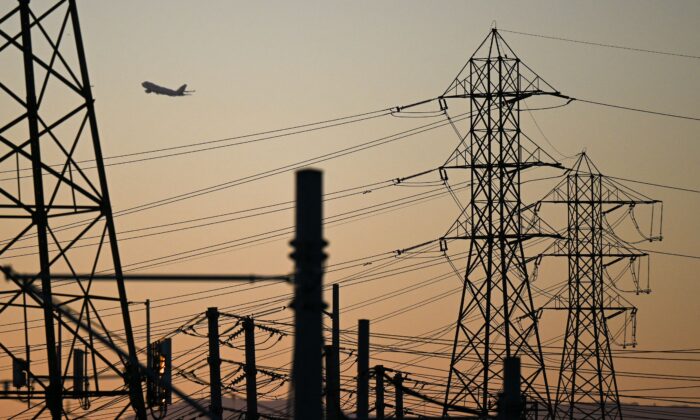As per the latest data released by the North American Electric Reliability Corporation (NERC), more than 50 percent of North America is at risk of facing an energy shortfall in the next few years due to the retirement of thermal plants and the integration of renewable energy sources. The organization highlighted that the American bulk power systems are encountering increasing challenges in terms of resource adequacy over the next decade, with surging demand growth and thermal generators announcing retirement plans.
The report emphasized that although new solar and hybrid energy resources are being added to the supply mix, they are not being completed at a pace fast enough to meet the rising demand. The replacement resources are more weather-dependent and variable compared to the generators they are replacing, resulting in less overall capacity being added to the system than necessary to meet future demand.
NERC stressed the importance of natural gas-fired generators as a vital supply source for the network, offering flexible and dispatchable electricity supply during peak periods and seasons when solar and wind generation may not meet demand. However, the organization noted a downward trend in natural gas pipeline capacity additions over the past seven years, which could lead to insufficient capacity in some areas during peak demand periods.
The report highlighted that the demand growth for electricity is currently higher than at any point in the past couple of decades. The rapid addition of data centers, electric vehicles, and heat pumps to the electrical grids is posing a significant challenge for planners, further increasing demand on the grids.
NERC projected a 15% increase in peak demand in assessed areas over the next 10 years, with winter demand expected to surge by 18%. The Midcontinent Independent System Operator (MISO) region was identified as the most vulnerable to electricity disruptions, with a high risk of energy shortfalls starting in 2025. Other regions like California, Texas, and parts of the Southeast were also categorized as facing an elevated risk of electricity shortfalls.
John Moura, NERC’s director of reliability assessment and performance analysis, emphasized the need for collaboration among policymakers, industry leaders, and stakeholders to ensure the expansion of the bulk power system, effective interconnection of new resources, and the maintenance of reliability crucial for society.
Rural Electricity Supply
Recently, the National Rural Electric Cooperative Association (NRECA) sent a letter to President-elect Donald Trump, urging support to help electric cooperatives deliver reliable electricity to Americans. The letter highlighted the high risk of rolling blackouts in several states due to flawed public policies leading to the premature closure of power plants and the rapid growth of data centers in rural areas.
The NRECA called for the repeal of unlawful EPA regulations threatening electrical reliability and the streamlining of permitting regulations to accelerate project reviews. Additionally, the organization emphasized the need to address harmful rules related to public lands and species conservation that hinder the development of power lines across federal lands.
During a House Committee hearing, Mark C. Christie, commissioner of the Federal Energy Regulatory Commission (FERC), warned about the electricity supply crisis facing the United States. He highlighted the rapid retirement of power generation sources and the potential consequences for the reliability of the electric power system.
Grid operators have raised concerns about EPA regulations accelerating the retirement of coal-fired power plants, leading to a significant loss of generation capacity. Christie emphasized the need to address these challenges to prevent potential catastrophic consequences for the reliability of the electric power system in the United States.
Can you please rewrite this sentence?
Source link




